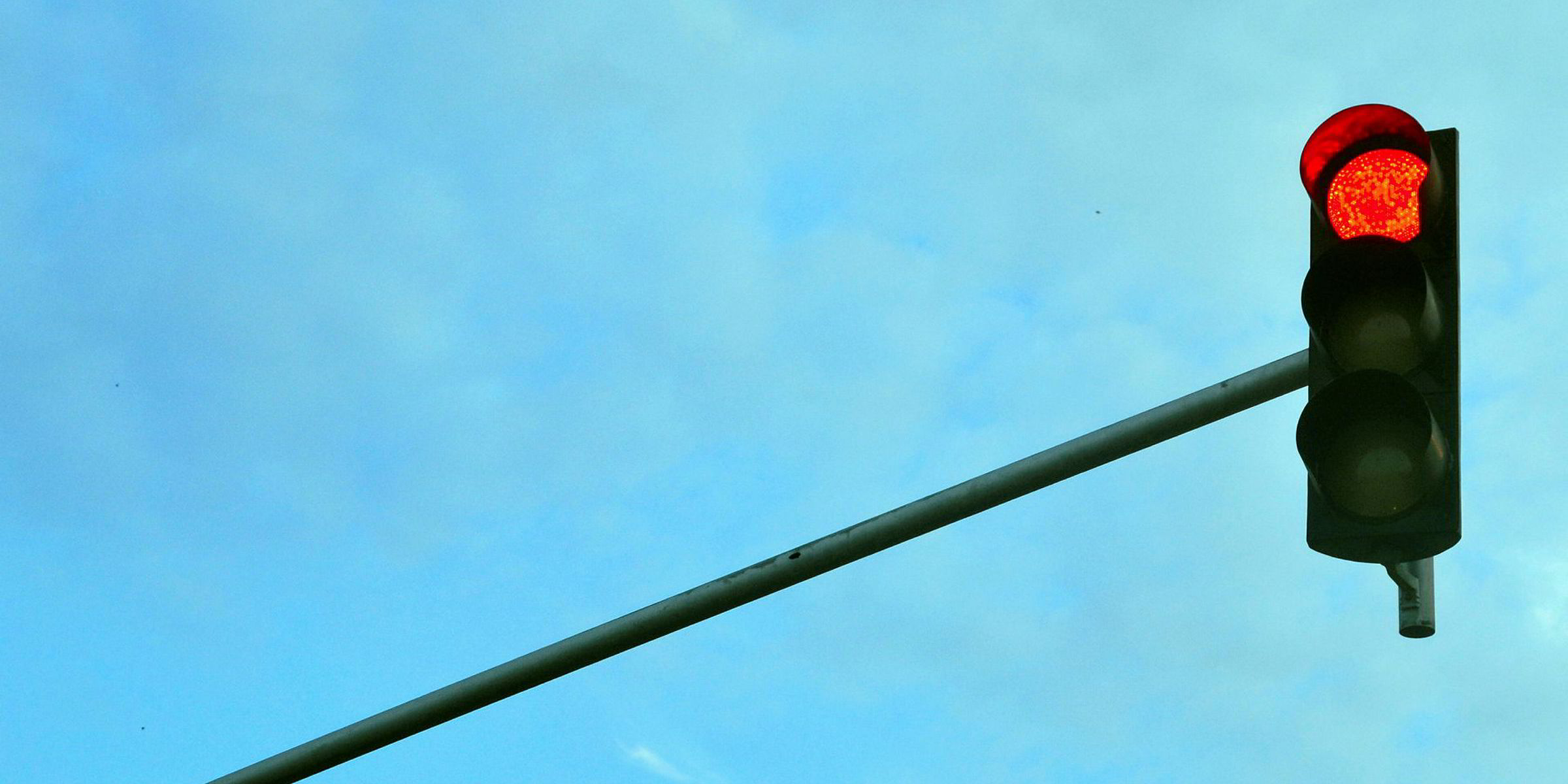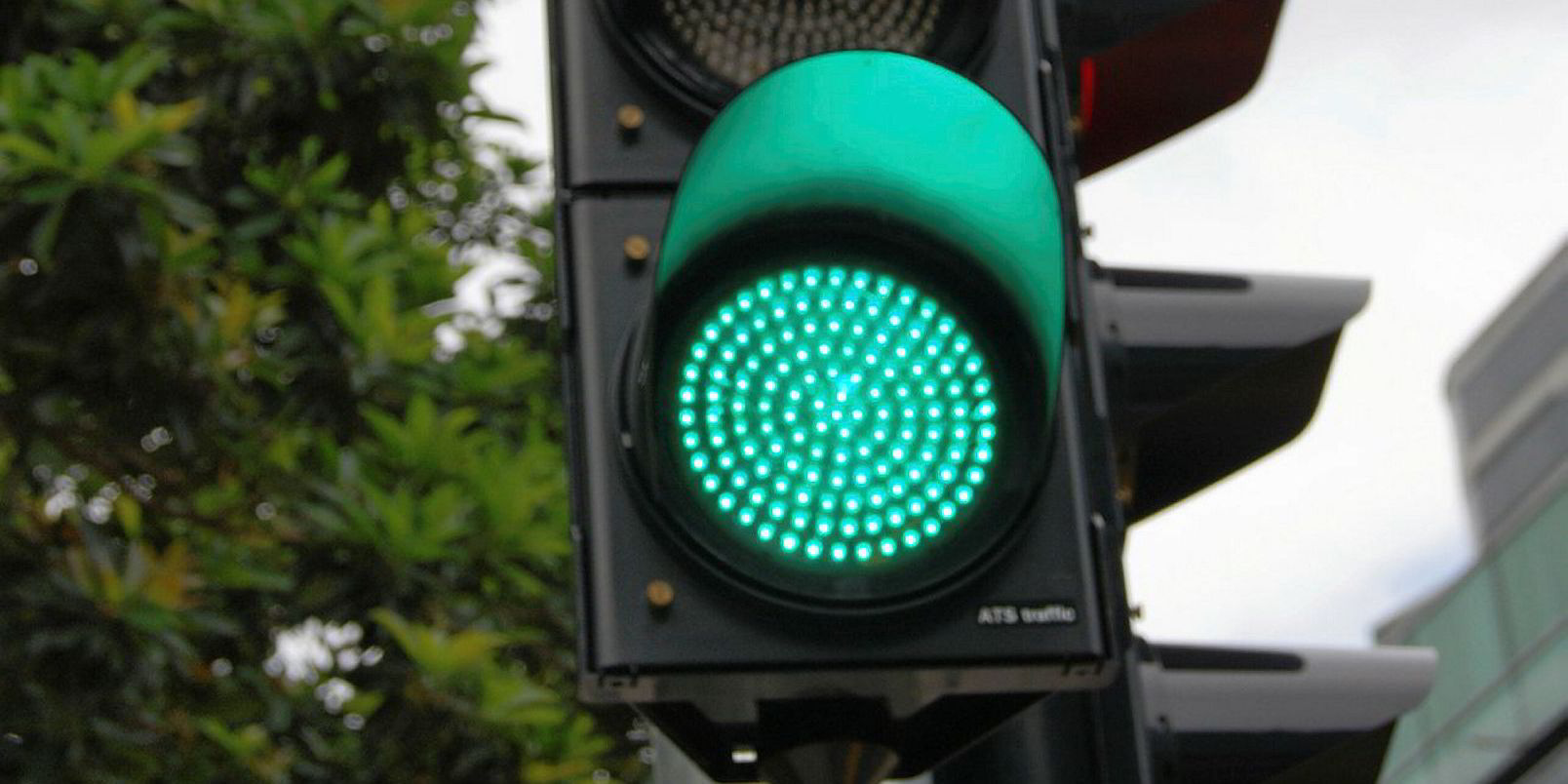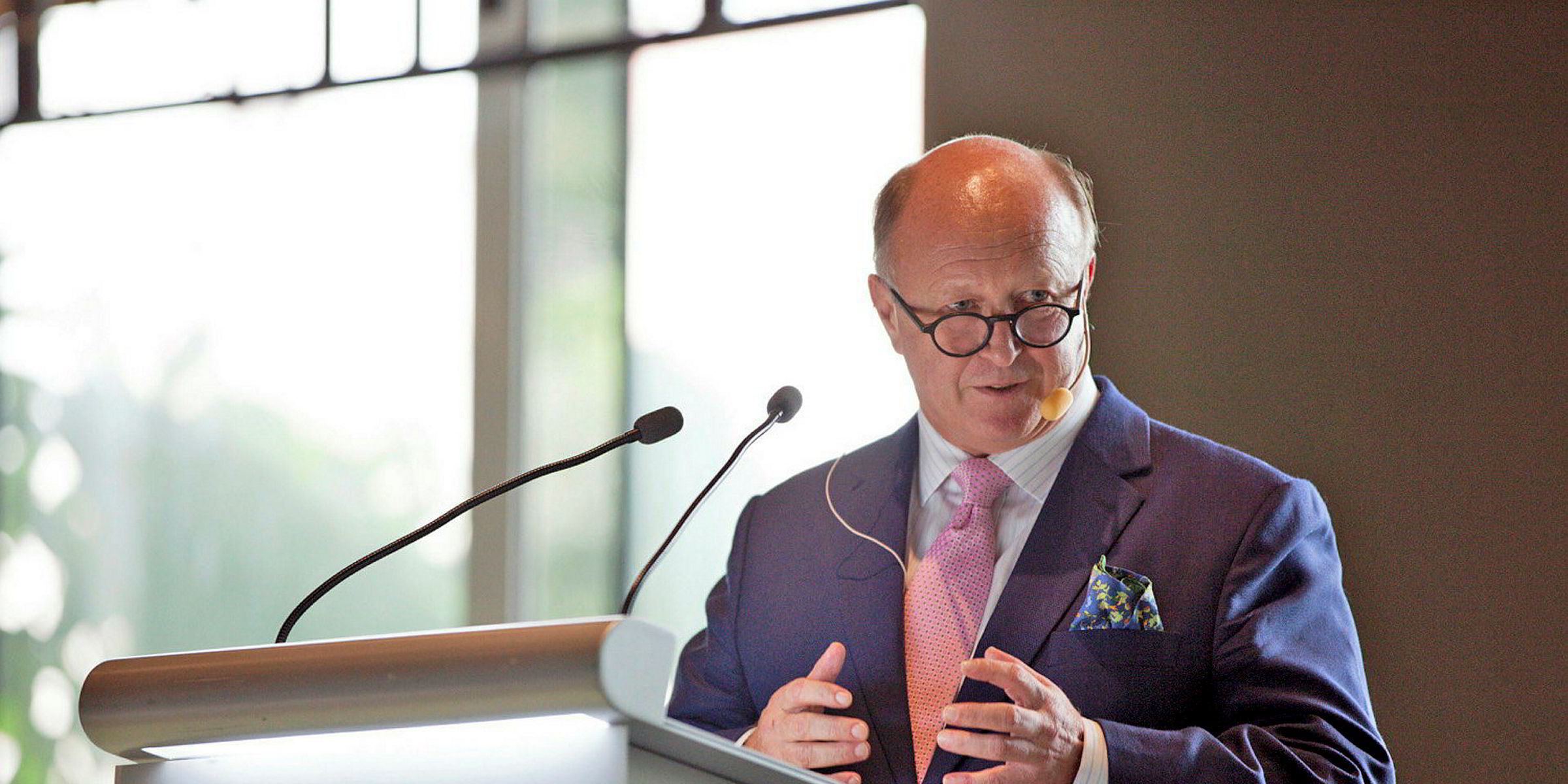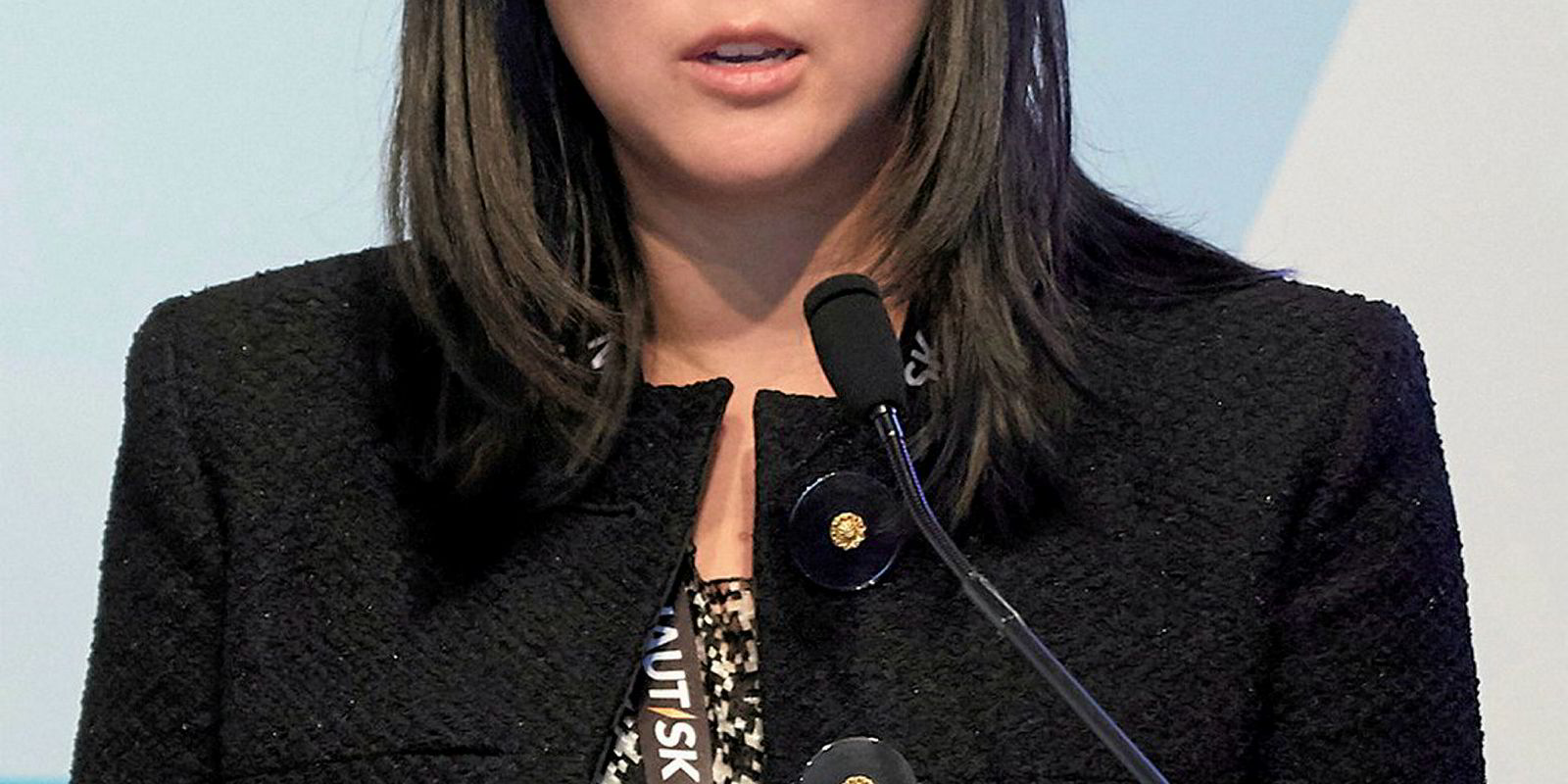Stakeholders who have already struggled through 44 months of the worst offshore downturn ever should be just a bit more patient, according to Pareto Securities Asia chief executive David Palmer.
“At some point, down cycles end because sentiment stops people from doing things that extend them. This is happening and the market is turning,” wrote Palmer in his latest sector outlook for offshore support vessels.
“It’s a classic recovery cycle, just like all the others, but the OSV market is like a VLCC: it takes time to turn around.”
Pareto Securities, like many of the sector’s close watchers, is confident that the bottom of the downturn has passed, although the global regions remain uneven and improvement could be slow.
Singapore-based Palmer, also pointing to Pareto colleague Synnove Gjonnes in Oslo, says a turnaround for OSVs is probably closer than many think.
“There is a huge difference between having faith in the existence of the offshore cycle and having a belief in where we are in a cycle,” he wrote.
“The key point is when the recovery will start to gain speed and when rates and utilisation will reach more ‘normalised levels’ and our view is that it will be sooner rather than later.”
Palmer makes these arguments, among many, in the latest update of his trademark “traffic light” system for rating the global outlook for OSVs.
Red, yellow and green lights are used as signals for negative, cautious and positive aspects, respectively. The goal has been to deliver a comprehensive and highly nuanced view of OSVs that is compressed into a single page.
After almost seven years of Palmer’s offshore traffic lights, this latest edition is the final survey. From May, the Pareto boss is taking on the chief executive’s post for Wah Kwong Maritime Transport in Hong Kong.
Looking at the four “negative” indicators, it is important to note that three are trending upward, while one is holding steady.

Palmer’s four red lights are focused on (1) “OSV demand”, which is seeing the global rig count rising finally; (2) “OSV supply”, which is tightening with stacked “zombie boats” expected to stay out; (3) “OSV utilisation”, now up 6% from last year and rising for the first time in four years; and (4) “debt”, with the “credit void” remaining.
Extremely low rates for drilling rigs means an “appetite is emerging” among clients to use more of these units, which helped that market at least stabilise last year, but any rise in rigs will not save OSVs in 2018.
With OSV term rates still at break-even levels, the danger remains that oil companies are destroying shipowners’ capabilities in the supply chain.
“Owners are fighting for every job and are aware that even a small increase in day rates and utilisation has a pronounced effect on their results. Charterers can see the sentiment changing and will tactically try to tempt vessels out of lay-up,” wrote Palmer.
“Charterers are actively taking the opportunity of the current market to lock-in future requirements at a lower cost and at higher quality and have actively used market conditions to shift contract risk. All are exerting enormous pressure on their suppliers.”
Looking at the three “cautious” indicators, all are showing upward trends this time.

These three yellow lights are focused on (1) “oil fundamentals”, with demand stronger than expected; (2) “offshore spending”, which is rising with oil companies in need of finding replacement reserves and paying for offshore maintenance after long deferrals; and (3) “tender activity”, which is up sharply across all sectors as clients feel more confident about signing term charters.
“Strong oil demand growth, the extension of the Opec/non-Opec supply agreement and supply outages have ensured continued high global stock draws,” he wrote. “Oil demand is still increasing and production declines are not sustainable in the long run. In reality, the oil depletion curve is driving the drill bit.”
Looking at the four “positive” indicators, three are trending upward and one is holding steady.

Palmer’s four green lights are focused on (1) “market sentiment”, as the consensus view for recovery is improving among shipowners, changing the “chartering psychology” and increasing margins finally; (2) “equity”, with new investors coming in and making bids on narrower spreads; (3) “operational efficiency”, with owners able to preserve more cash; and (4) “stocks”, with share prices recovering for oil service players.





